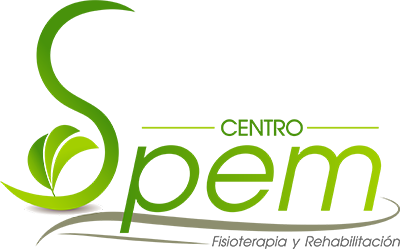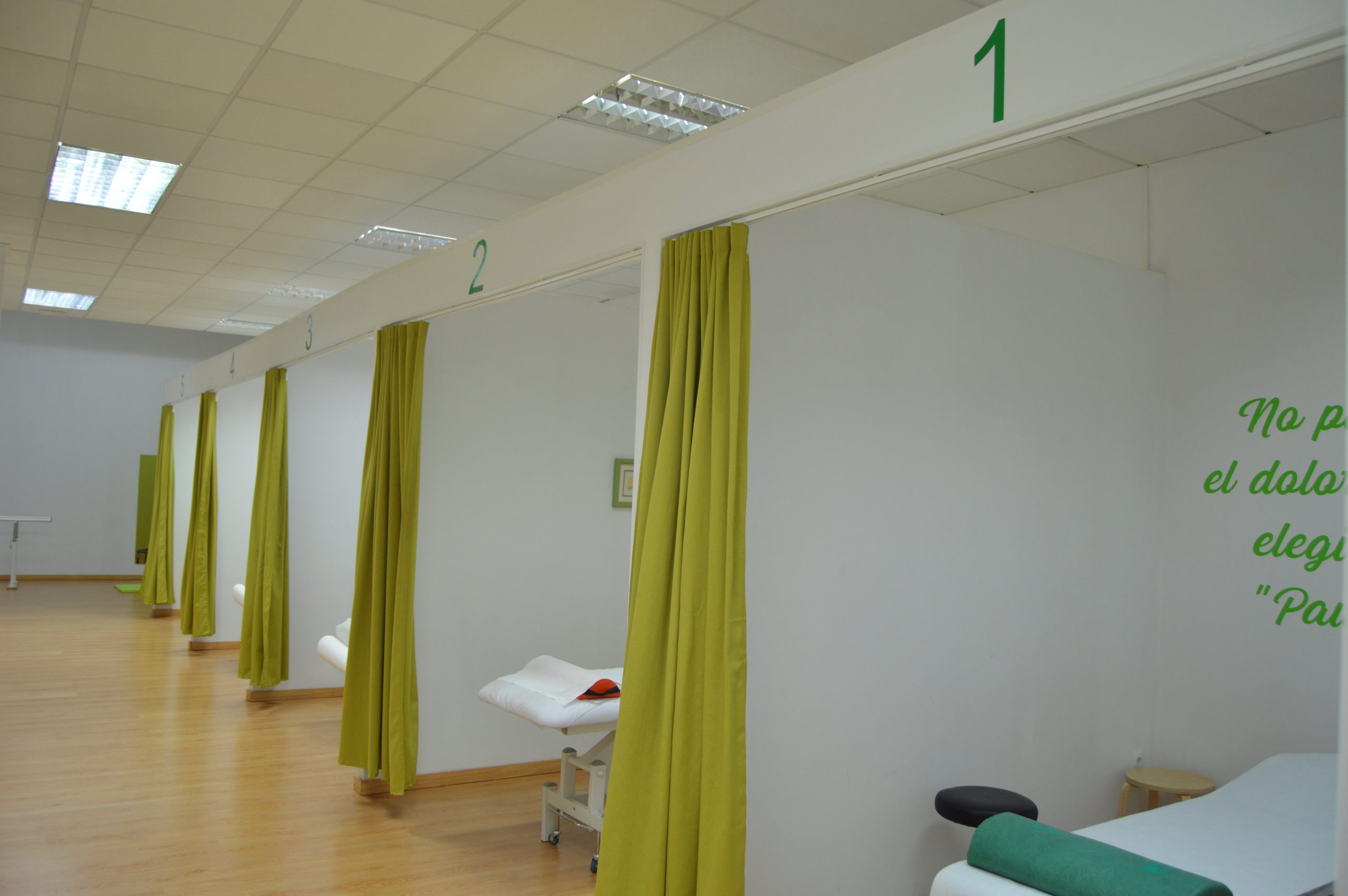Osteopathy
Spem Center
Physiotherapists use methods such as exercise, massage, hot packs, ice, and electrical stimulation to help strengthen muscles, relieve pain, and improve movement. They also teach exercises to help prevent injuries and loss of mobility.
Osteopathy
It should be noted that osteopathy is not merely a combination of Western medicine and manipulative techniques; therefore, these principles must be applied not only to manipulation itself but also to the overall care of the patient’s health.
THE BODY IS A UNIT
STRUCTURE AND FUNCTION ARE RELATED
THE BODY HAS SELF-REGULATING MECHANISMS
IF THE CAPACITY FOR ADAPTATION AND SELF-REGULATION IS LOST, DISEASE MAY OCCUR
Disease is an interaction between the person and the internal and external environments, and it occurs when the defense or adaptation mechanisms to a situation are overwhelmed. The cause may be an alteration of structure or function that prevents such adaptation. Furthermore, the combination of injurious or pathogenic factors increases the difficulty of overcoming them.
A RATIONAL TREATMENT MUST BE BASED ON THE PREVIOUS PRINCIPLES
Manual osteopathic treatment is not mentioned in these principles. When A.T. Still announced his philosophy in 1874, he did not refer to manipulation; in fact, it seems he did not begin to use it until five years later as a diagnostic and therapeutic tool. Manipulation is only one aspect of osteopathic philosophy and not necessarily the most important. Nevertheless, recognizing the importance of the somatic component of disease makes such manipulation more effective. In addition to the basic principles of osteopathic philosophy, there are other concepts that help the osteopath in their approach to the patient:
THE MOVEMENT OF FLUIDS IS ESSENTIAL FOR THE MAINTENANCE OF HEALTH
The arteries and other tubular structures play a crucial role in both nutrient delivery and waste removal. Any alteration in circulation in this regard leads to pathology in the form of inflammation, atrophy, irritation, or trauma. Furthermore, under such conditions, healing processes are slowed down or even prevented. The osteopath should focus attention on those areas of dysfunction that may influence circulation toward an injured or pathological region.
THE NERVOUS SYSTEM PLAYS A VITAL ROLE IN CONTROLLING THE BODY
The Nervous System is fundamental in controlling blood flow. An alteration in the control of the Autonomic Nervous System at the thoracic level can cause vascular changes in the somatic dermatomes innervated by those segments. This leads to changes in temperature, pain, swelling, etc. The osteopath must have a deep understanding of anatomy and physiology to detect and resolve any dysfunction and accurately restore the function of the Autonomic Nervous System.
THERE ARE SOMATIC COMPONENTS OF DISEASE THAT ARE NOT ONLY MANIFESTATIONS OF IT, BUT ALSO FACTORS THAT MAINTAIN THE DISEASE
The somatic component of disease may be caused by a direct injury to the body (impact, trauma, etc.) or may appear as a visceral response to pathology. For example, in the case of appendicitis, a spasm of the psoas muscle or the abdominal wall may be observed. It appears that the mechanism of this somatic response is due to the segmental viscero-somatic reflex. In many cases, the lesion arises from an imbalance between the neuromuscular system and the visceral systems.
Physiotherapy and Rehabilitation Centers
SPEM
Call us
822 66 77 99
Monday to Friday from 9:00 a.m. to 1:00 p.m. and from 4:00 p.m. to 8:00 p.m.

